Mobile Imaging services mean that certified technologists and radiologists travel to a medical facility, residence, or place of business with any equipment needed to complete a procedure and provide those services at that location. It not only includes portable X-Ray imaging but also ultrasound and EKG.
Mobile services are increasing in popularity because of changes in the way facilities administer healthcare and assess improvement. Because mobile imaging services can provide faster, more cost-effective, and more convenient services compared to third-party facilities, they are being used more often.
Patient Benefits of Providing Mobile Imaging
Typically, patients would expect to receive radiology services such as X-Ray, ultrasound, or EKG by traveling to a third-party imaging center or an in-house imaging department, or as an inpatient in a hospital traveling within the facility to the imaging department.
Faster and Cheaper Services
Besides being able to schedule an appointment faster than with traditional service providers, mobile imaging results can be communicated faster to the ordering physician. This is possible because mobile imaging services are available 24 hours per day and often have 24-hour turnaround times. Another factor that makes mobile services faster is that the scans are available via online portals such as PACS within minutes.
Mobile radiology services can be faster and cheaper than those available through traditional models at the sites discussed above. Reduced expense is achieved by having shorter response times and greater flexibility with mobile imaging. It is also cheaper for the patient because mobile imaging does not require patient travel to a facility for services.
Patient Care Benefits
Patient health is risked when the care team needs to interrupt the peace and quiet of the room to prepare the patient for transportation, transfer them to a different bed for travel, and/or disconnect treatment and transfer it to the transportation device. When patients are already very ill, transportation increases risks.
Disruption of a tranquil environment presents health risks whether you are talking about the patient being transported or the patient in the room and who is also having their tranquility disrupted. A quiet environment can help patients heal faster because it helps the patient sleep better. When a patient is in a quiet environment, they experience fewer spikes in heart rate, decreased cortisol output, lower blood pressure, and reduced anxiety.
It should be noted that fewer staff need to enter the room and work with the patient when the imaging service comes to their room. Because fewer people are entering the room and working with the patient at the same time, this results in less disruption to other patients in the room.
Avoiding Health Risks
Patients referred for imaging services while hospitalized face several risks to their health and safety during transportation to the Imaging department. While being transported, the patient could be exposed to several health and safety risks, including:
- infections (air-born acquired illnesses, infections from wounds, contact-born pathogens)
- respiratory problems (ventilator, tracheostomy, and breathing assistance)
- traumatic injury (falls, lacerations, hematomas)
- medical complications (glucose regulation or acid-based homeostasis)
- death
Avoiding Hospitalizations
In the past, a large number of hospital admissions of patients from nursing homes and skilled nursing facilities were related to falls, respiratory infections, and digestive system inabilities. Being able to assess these patients at their residence can decrease the need for hospitalization. Now many patients can be diagnosed, and a treatment plan can be identified without the need for hospital admission.
Facility/Staff Benefits
Decreased Costs
Mobile radiology imaging can be integrated into current services without extensive overhead costs.
From the facility’s perspective, it requires far fewer personnel to provide a mobile scan than one that is required to prep and transport a patient, especially if they are very ill and have multiple devices that must travel with them.
Busy third-party imaging facilities and hospitals suffer financial losses when many patients cancel on the same day due to inclement weather. With mobile services, the patients stay where they are, and the imaging services come to them.
Mobile imaging services can be incorporated into your current facility and service delivery model without adding space, equipment, or training.
Faster Results and Better Patient Treatment
Mobile imaging services can provide support to in-house imaging departments. This assistance provides a quicker response to patients when the in-house service is not able to meet the demand of both in and outpatients.
Another variable that makes mobile imaging faster and less expensive is the turnaround time for disinfection. Most mobile units can be disinfected and ready to use again in as few as 5 minutes compared to the 45 minutes that is usually required for a radiology suite.
Greater Medical Team Satisfaction
When imaging services come to the patient, the medical team experiences less stress. Since fewer professionals are required to assist the imaging team, the medical team on the nursing unit is freed up to help other patients. Therefore, there can be fewer simultaneous demands on the team member’s time and energy.
Types of Imaging Available in a Mobile Setting
Currently, mobile imaging services include X-rays, EKGs, and ultrasound. It is reasonable to expect that this list of services will increase in the future.
X-Ray
X-Ray procedures are performed for a variety of reasons. They are used to detect gallstones and kidney stones, injury to bones, bone deformities, pneumonia or bronchitis, and even aspiration. X-rays can also be used to verify bone healing or the placement of medical devices such as catheters, implantable pumps, or feeding tubes.
EKG
EKGs performed by a mobile service are used for the same purposes as those performed in-house. They are used to identify heart attack, pericarditis, or angina as a cause of chest pain. Also, it can identify the cause of symptoms of heart disease like shortness of breath, dizziness, fainting or rapid heartbeat, irregular heartbeats, or palpitations. EKGs can also monitor whether medications are improving a patient’s condition or whether they are causing side effects that impact cardiac functioning. Finally, EKGs can assess heart health in the presence of concomitant conditions such as high blood pressure, high cholesterol, diabetes, heart disease, or smoking.
Ultrasound
Ultrasound performed by a mobile radiology imaging service can detect various medical conditions, including abdominal aneurysms, arterial occlusion or blood clots, carotid occlusive disease, carotid artery disease, renal vascular disease, hypertension, and early signs of kidney failure.
Double Black Imaging Can Help With your Imaging Needs
Double Black Imaging has been working to make imaging more efficient since 2002. We focus on keeping in step with new technology and trends in the industry. It is also our passion to help you, our customers, stay on top of those trends.
We are known for our customer service and pride ourselves on providing the best in the industry. Why? Because we believe our job is to make your job easier.
One way to make work easier at your facility is to help you integrate mobile imaging services.
Are you ready to make that happen? We are here to help you make it effortless, effective, and efficient.
Contact us here, email us at sales@doubleblackimaging.com or call us at (877) 852-2870. We look forward to helping you succeed!
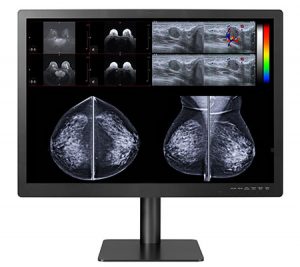
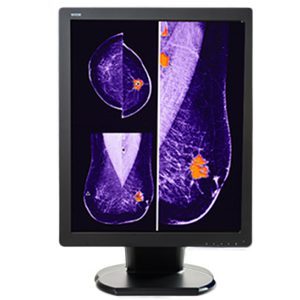

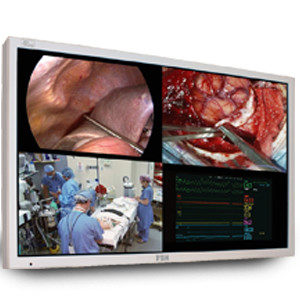
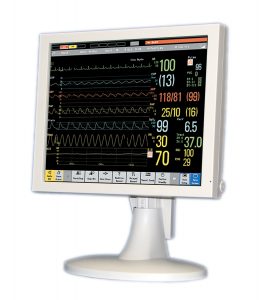


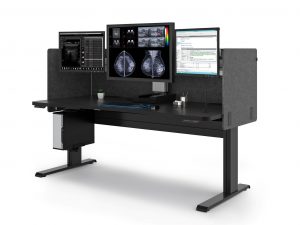
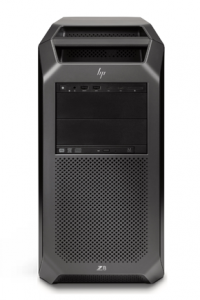
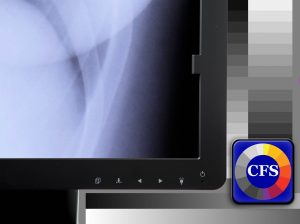
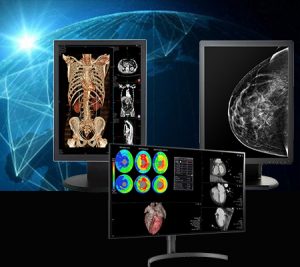


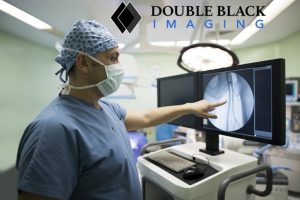 Double Black Imaging
Double Black Imaging Double Black Imaging
Double Black Imaging Double Black Imaging
Double Black Imaging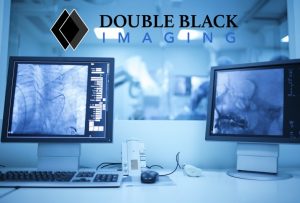 When it comes to making an important investment in your healthcare facility, you want to make sure you do so through a reliable company that has a thorough understanding of your needs. With over 30 years of experience in the high-performance display industry,
When it comes to making an important investment in your healthcare facility, you want to make sure you do so through a reliable company that has a thorough understanding of your needs. With over 30 years of experience in the high-performance display industry, 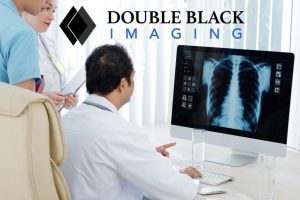 When it comes to making an important investment in your healthcare facility, you want to make sure you do so through a reliable company that has a thorough understanding of your needs. With over 30 years of experience in the
When it comes to making an important investment in your healthcare facility, you want to make sure you do so through a reliable company that has a thorough understanding of your needs. With over 30 years of experience in the